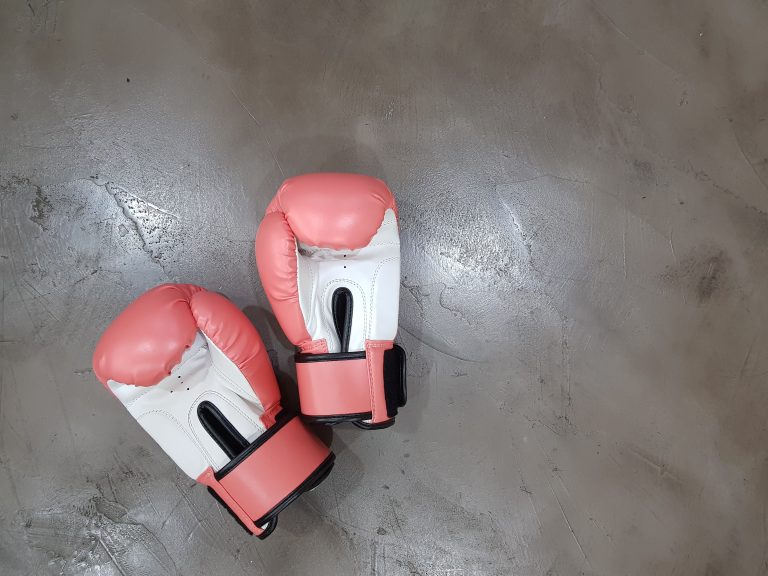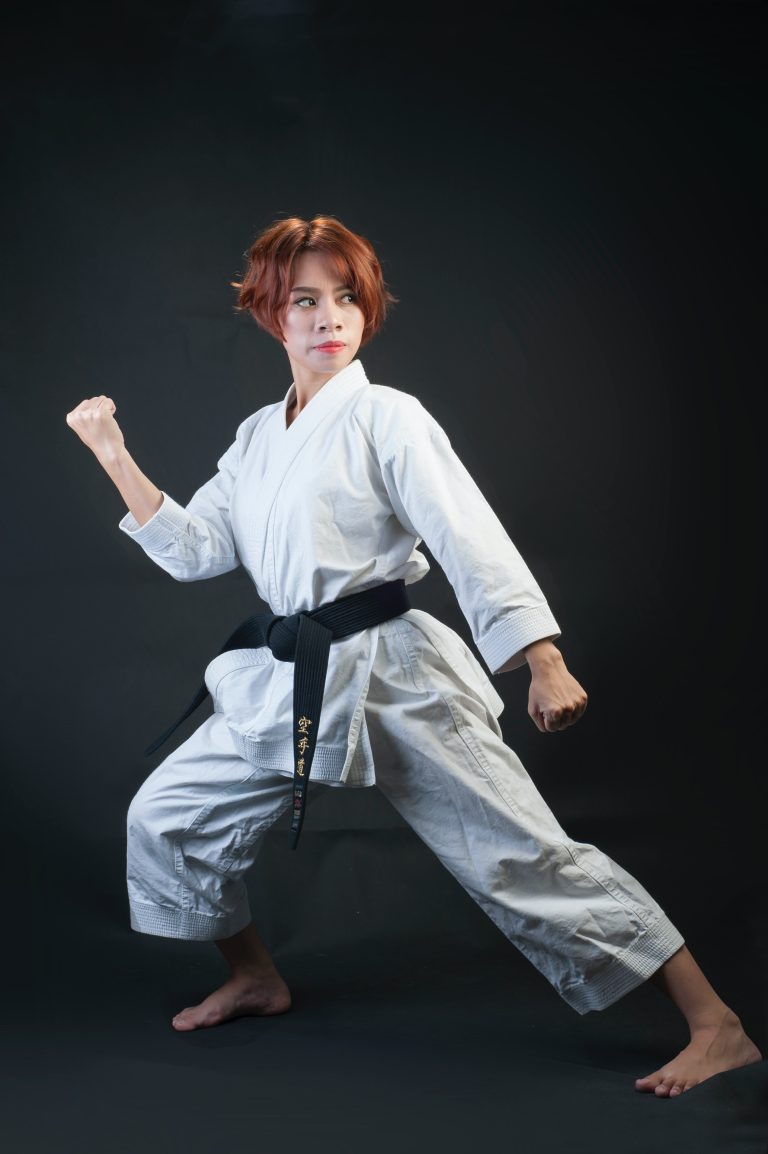Why Do Karate Belts Come in Different Colors?
The concept of the colored karate belt is an iconic one, representing martial artists and their level of expertise. But why do many practitioners’ belts come in different colors? It may seem like a simple question, but it’s one that goes far deeper than you might expect.
The Color System in Karate: Origins
The origin of the color system in karate can be traced back to the art’s country of origin, Okinawa. Unlike many other martial arts, the Okinawan martial arts had no particular system of belt color before the 1930s. This is largely because most martial artists during this period trained privately, usually outside of any formal institution.
In 1936, Jigoro Kano (the founder of judo) and his student Gichin Funakoshi (the founder of modern karate) created a belt ranking system for karate practitioners. In this system, white belts symbolized a beginning student’s clean slate, while black belts represented mastery of the art. Many other colors were also added over time.
The Meaning of Belt Colors in Karate
The most obvious thing about the karate belt is its color. But what does each color really signify? Below are the main colors used in the belt system, along with what they represent:
- White: white belts represent pure or clean spirit, or the beginning of a new journey in martial arts. This is why white belts are usually given to new practitioners when they first begin their training.
- Yellow: yellow belts symbolize growth and learning, as well as success in karate techniques.
- Orange: orange belts are often used to signify the beginning stages of mastery over the art. Over time, practitioners learn more techniques and become increasingly proficient.
- Green: green belts represent progress and further mastery of the karate techniques. This is usually followed by further color promotions.
- Blue: blue belts are given to signify an advanced level of understanding, and a practitioner’s confidence in use of those techniques.
- Brown: brown is the intermediate level before black belt. Practitioners at this level have demonstrated deep proficiency in the art of karate.
- Red: red belts are given to very advanced practitioners, who can often teach others martial arts. In some cases, red belts are also a sign of grandmaster rank.
- Black: black is used to signify ultimate mastery over karate techniques. Those who receive a black belt are generally considered masters of their craft.
As you can see, each color of karate belt has its own meaning, and these colors represent a practitioner’s level of proficiency in the art. It’s important to note that there can be variation between different schools or organizations, as some may graduate practitioners at certain colors faster than others.
Who Decides What Belt Color You Receive?
In most schools and organizations, it is up to the instructor to determine when a practitioner is ready to receive their next color belt. Instructors will take into account not just technique level but also other factors such as attitude, maturity and discipline.
In addition to instructors, some schools or organizations will also have examination/testing committees that can grant color belts based on performance in tests or tournaments. In some organizations, it may even require multiple hearings and interviews before a practitioner can be granted a higher ranking. This helps ensure that those receiving the colors demonstrate not only skill but also good moral character and respect for the art form.
Conclusion
The karate belt system is an important part of training – it serves as an indication of your progress in the art form and how skilled you are in comparison to other practitioners. Understanding why and how belt colors are assigned can be helpful for those looking to improve their proficiency in karate and achieve higher ranking belts. While the process for receiving such belts may vary between different schools and organizations, it is still important to remember that respect for your instructors and dedication to your practice will ultimately lead to the highest level of mastery.
Why Do Karate Belts Come in Different Colors?
If you’re starting Karate classes, you might have noticed that the belts come in different colors. From white to black, each color represents a new level of proficiency in the art of Karate. But why exactly do Karate belts come in different colors? In this article, we will answer some of the most frequently asked questions about the different colored Karate belts.
What do the different colored Karate belts mean?
Karate belts are designed to show the progression level of the student. As the student progresses through the various levels of training, they will receive belts of different colors to signify their level of proficiency. The colors of Karate belts, in ascending order, are:
– White
– Yellow
– Orange
– Green
– Blue
– Purple
– Brown
– Black
The white belt is typically reserved for beginners, and the black belt represents the ultimate level of expertise. Each color between white and black represents a different level of proficiency.
What is the significance of each colored Karate belt?
Each colored belt represents a certain level of progression through the different stages of learning Karate.
– White belt: The white belt is the starting point for beginners. It represents purity and a willingness to learn.
– Yellow belt: The yellow belt represents the first stage of progress. At this level, the student begins to understand the basics of Karate.
– Orange belt: The orange belt represents further progress in Karate training. At this level, the student begins to gain more confidence and skills.
– Green belt: The green belt represents a deeper understanding of Karate techniques and principles.
– Blue belt: The blue belt represents even greater proficiency in Karate techniques and principles.
– Purple belt: The Purple belt signifies increased expertise in the art of Karate.
– Brown belt: The brown belt represents expert-level proficiency in Karate techniques and principles.
– Black belt: The black belt is the highest level of proficiency in Karate. It signifies not only technical expertise but also personal growth and understanding of the art of Karate.
Why are the Karate belts tied in different ways?
The way a Karate belt is tied is just as important as the color. Different martial arts schools use different methods of tying the belt. Each way of tying the belt has a specific meaning and can represent different things to different people.
Generally, Karate belts are tied in a way that symbolizes the path of one’s own journey in Karate. The first knot at the waist represents the student’s beginning in Karate, while the second knot represents the progress they have made. The ends of the belt represent the future goals and aspirations of the student.
How long does it take to progress from one Karate belt to another?
The amount of time it takes for a student to progress from one Karate belt to another varies depending on the individual’s dedication and training time. The time it takes to progress can be anywhere from a few months to several years.
Conclusion
Karate belts are not just a fashion statement, but they hold a deep significance within the martial art. They signify a student’s progression through the various stages of learning and help to establish a sense of hierarchy within the Karate community. Understanding the significance of each of the colored belts is crucial in tracing one’s own progression in Karate. We hope that this article was able to shed some light on the importance of Karate belts and help answer some of the most frequently asked questions on this topic.
Inhaltsverzeichnis






